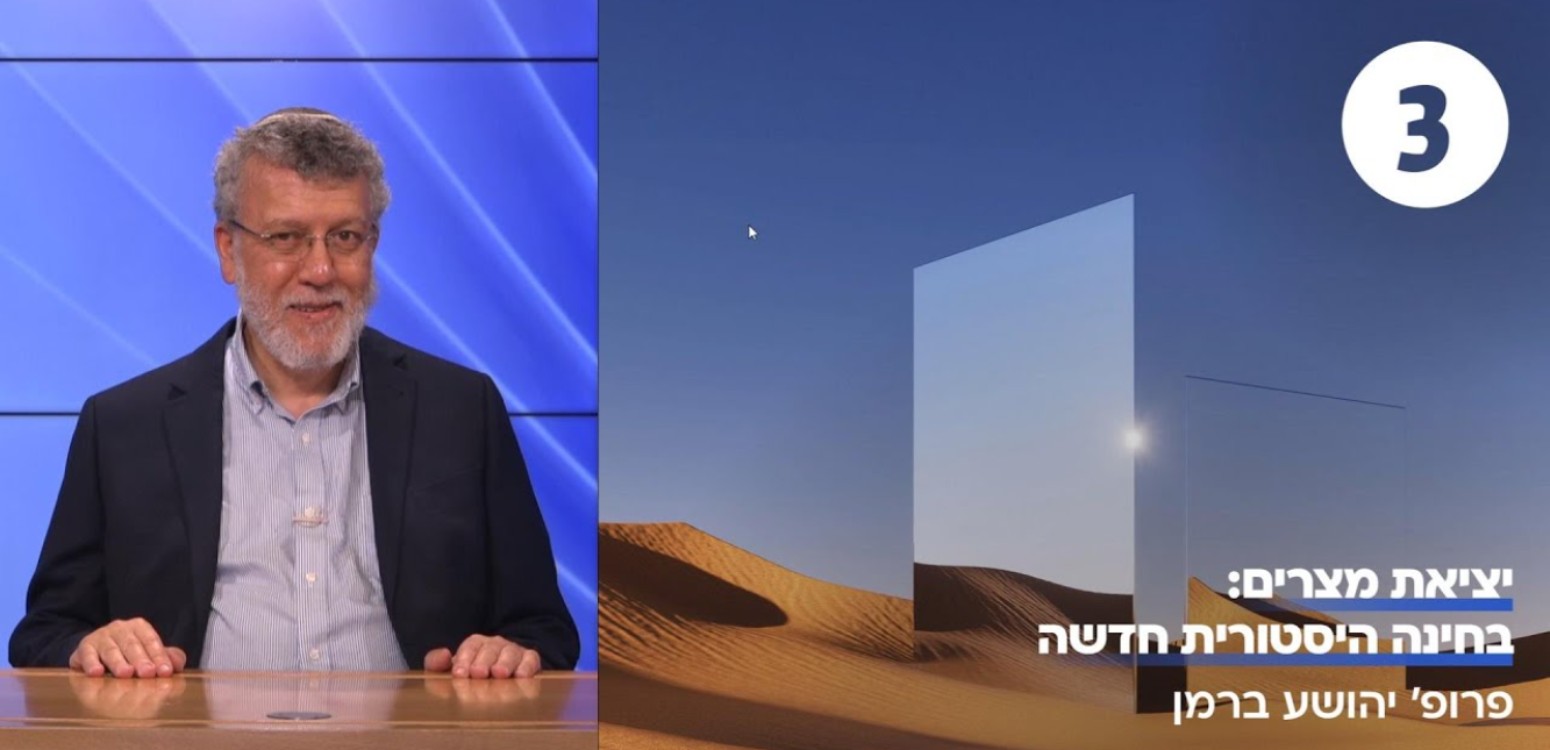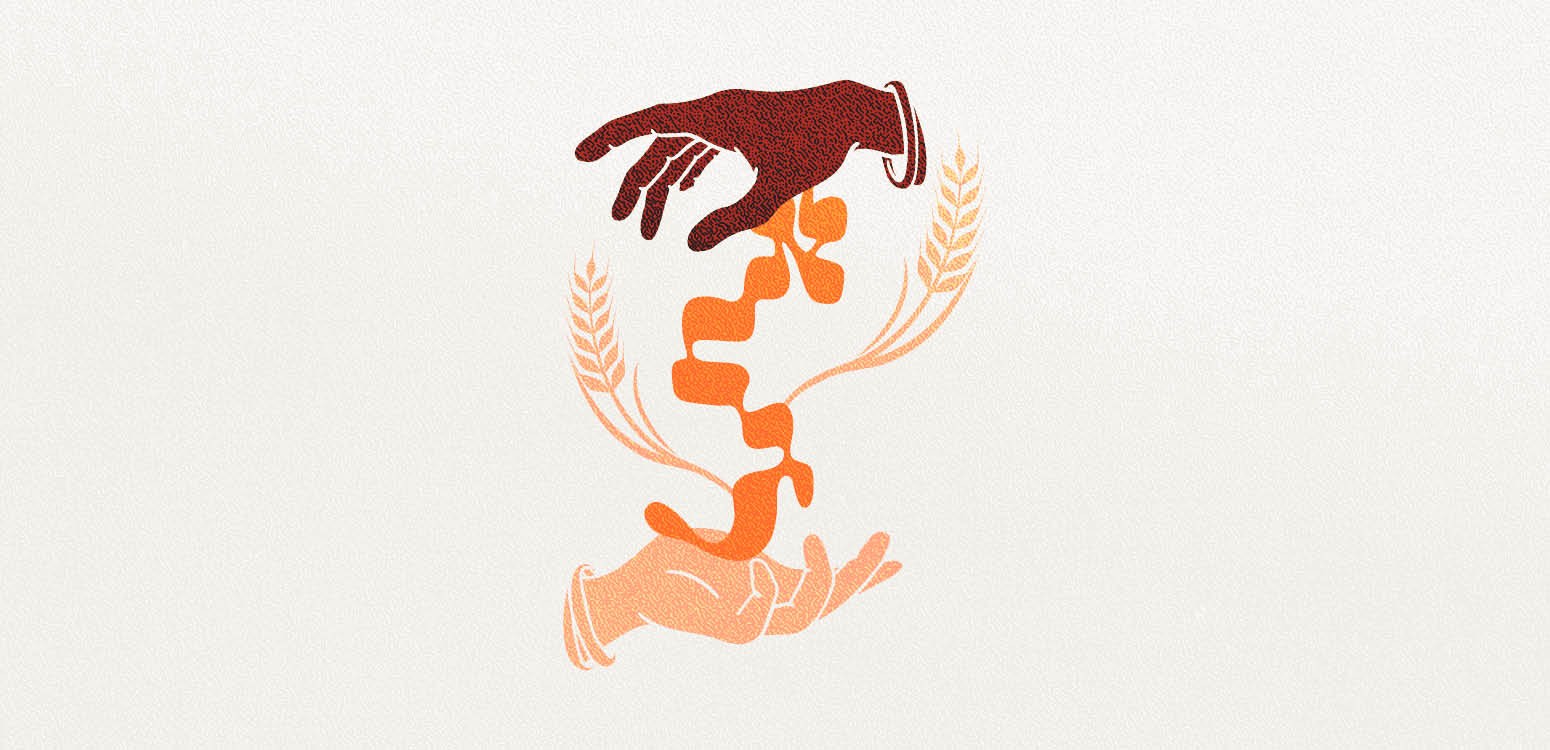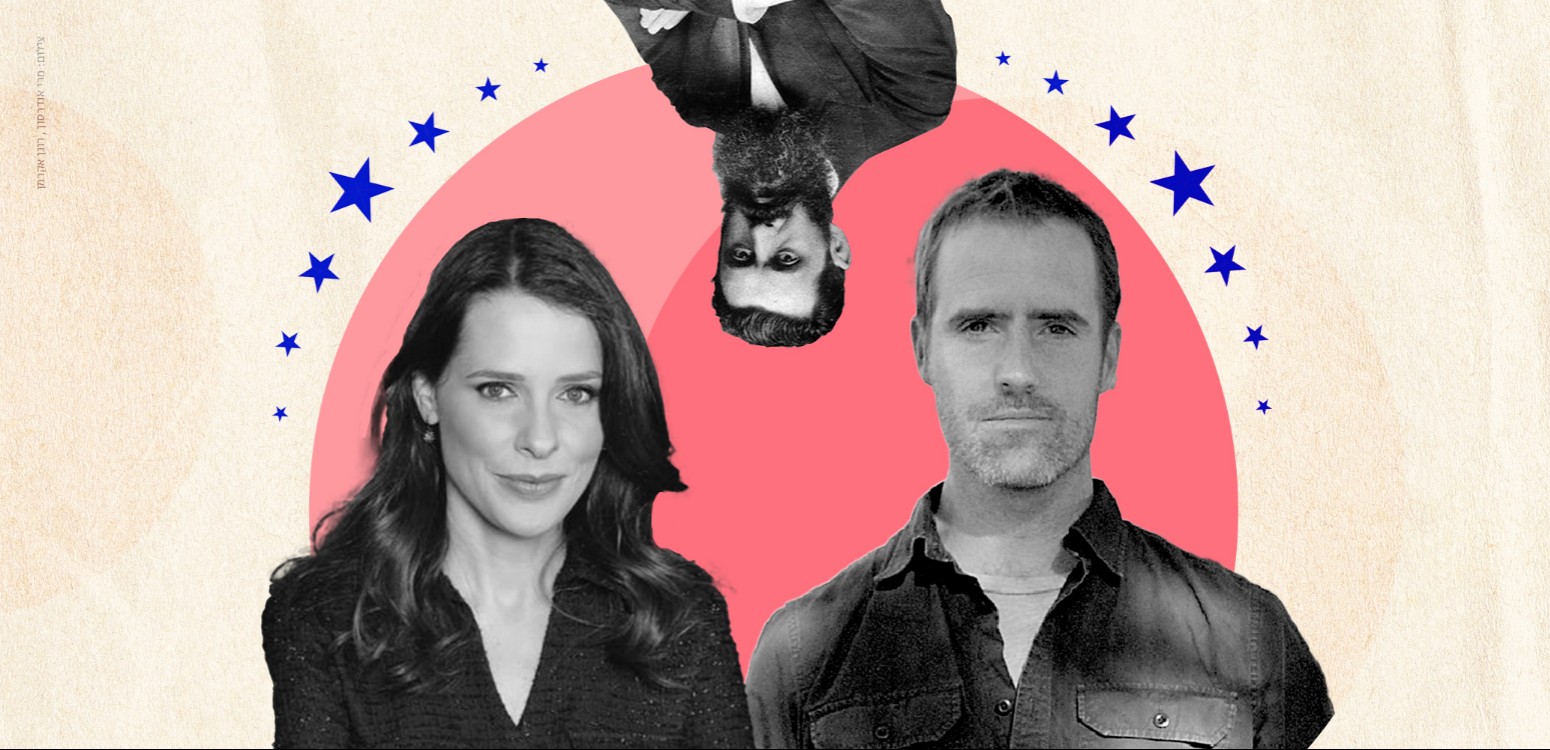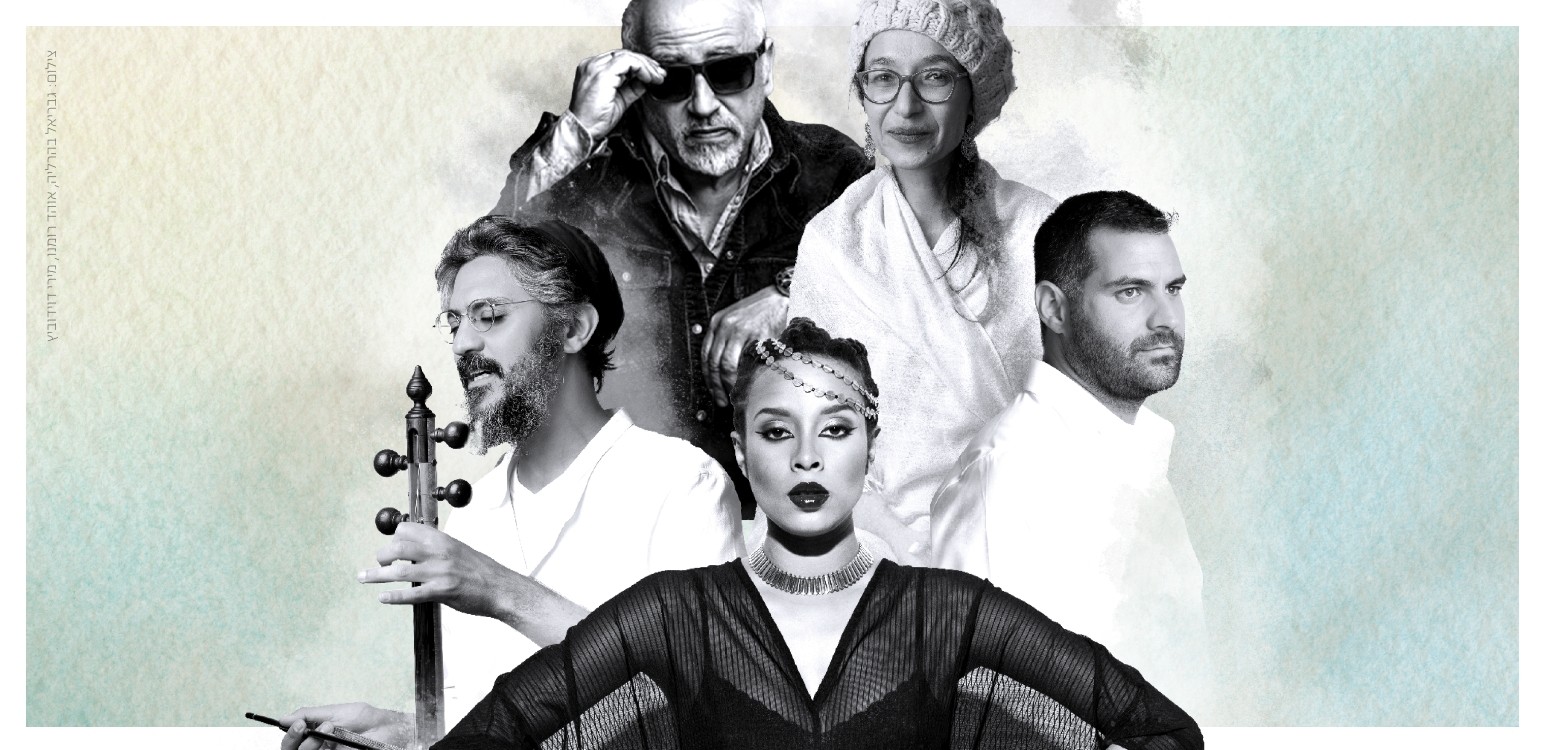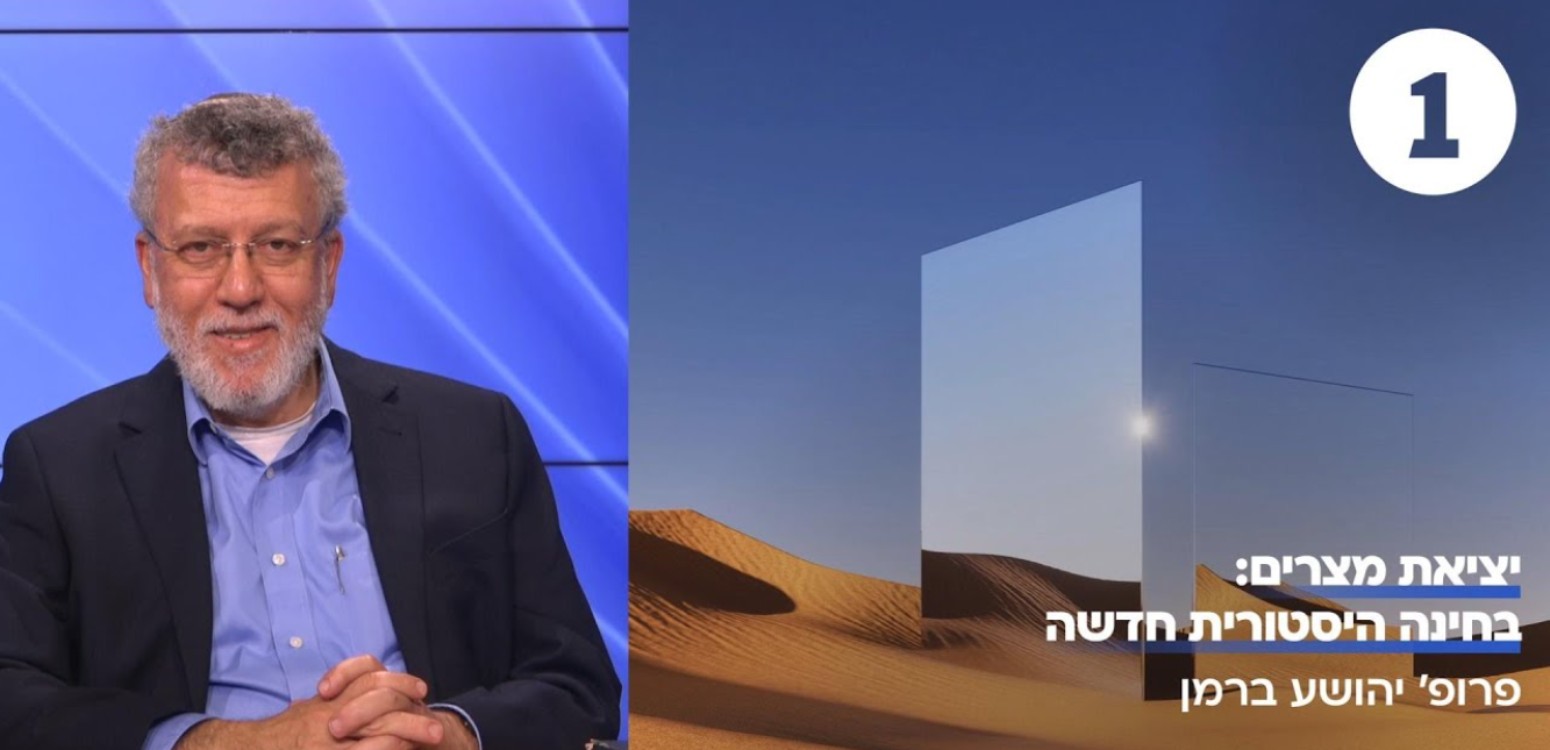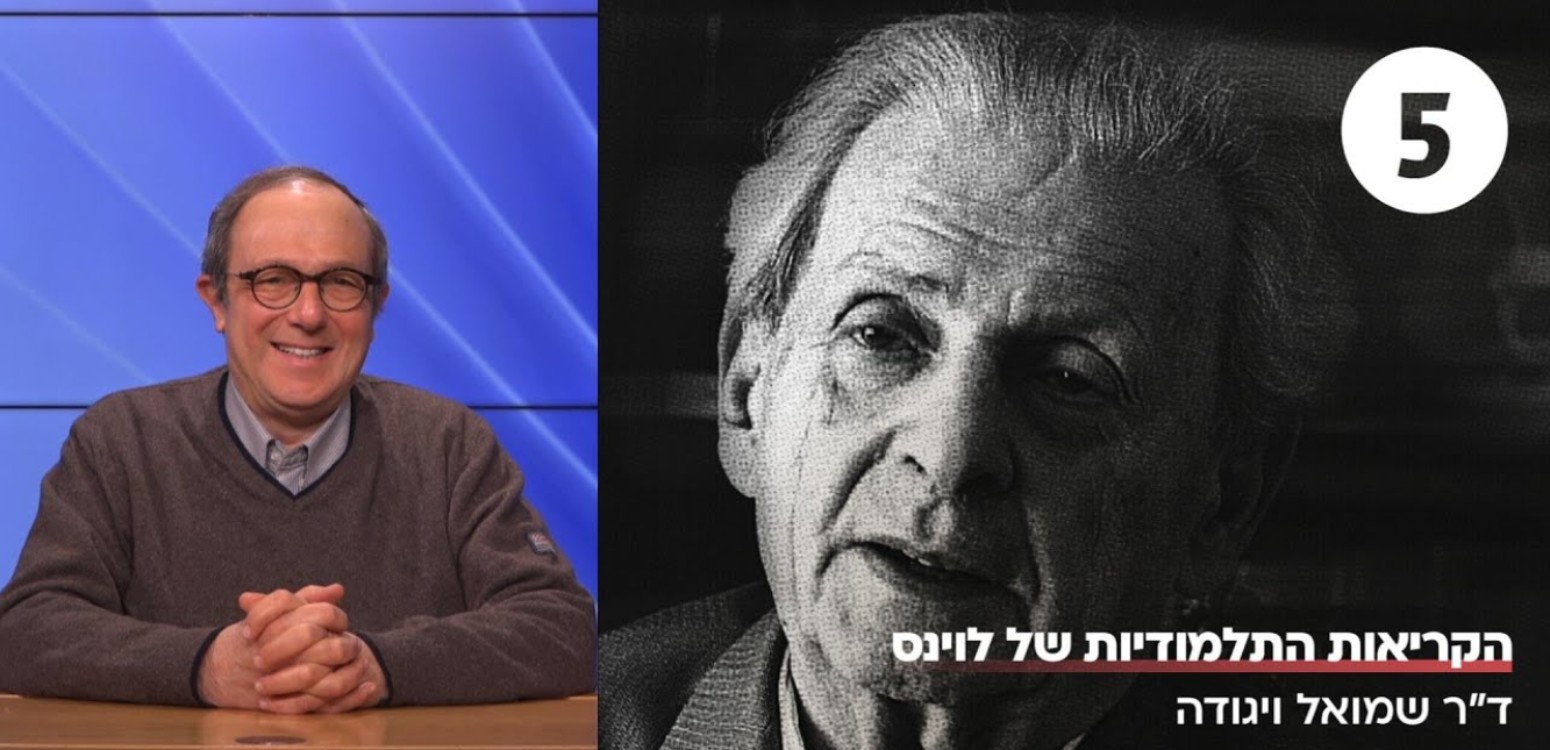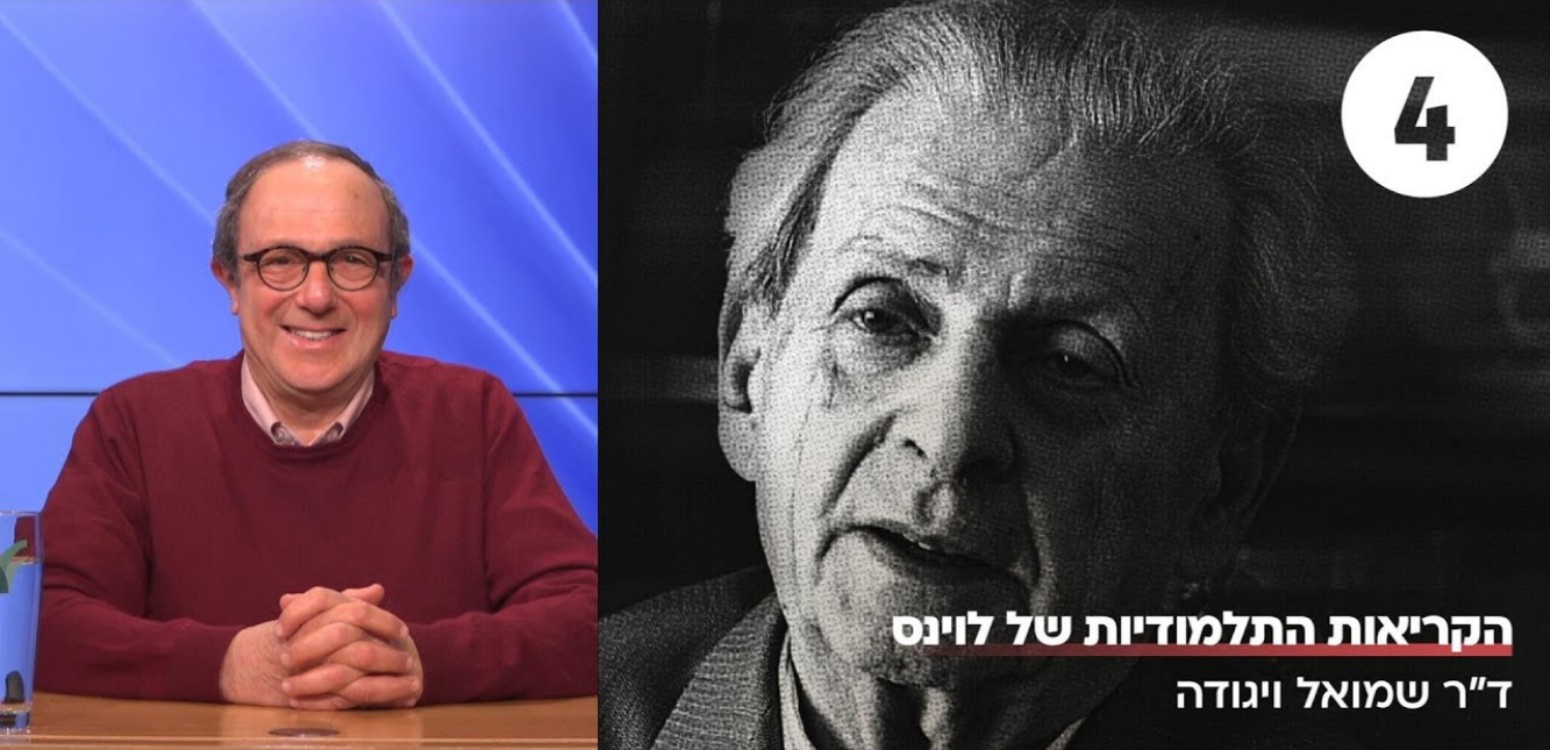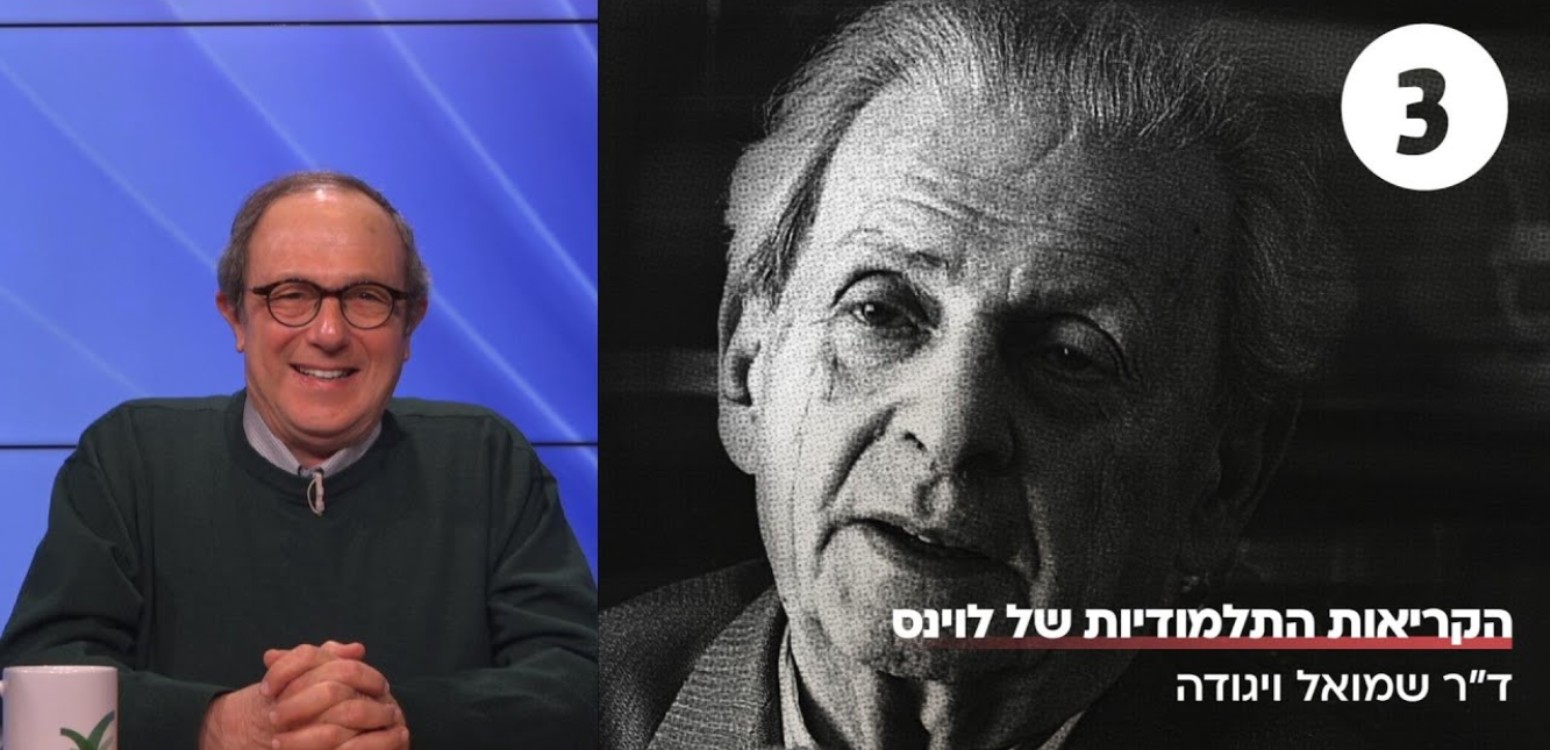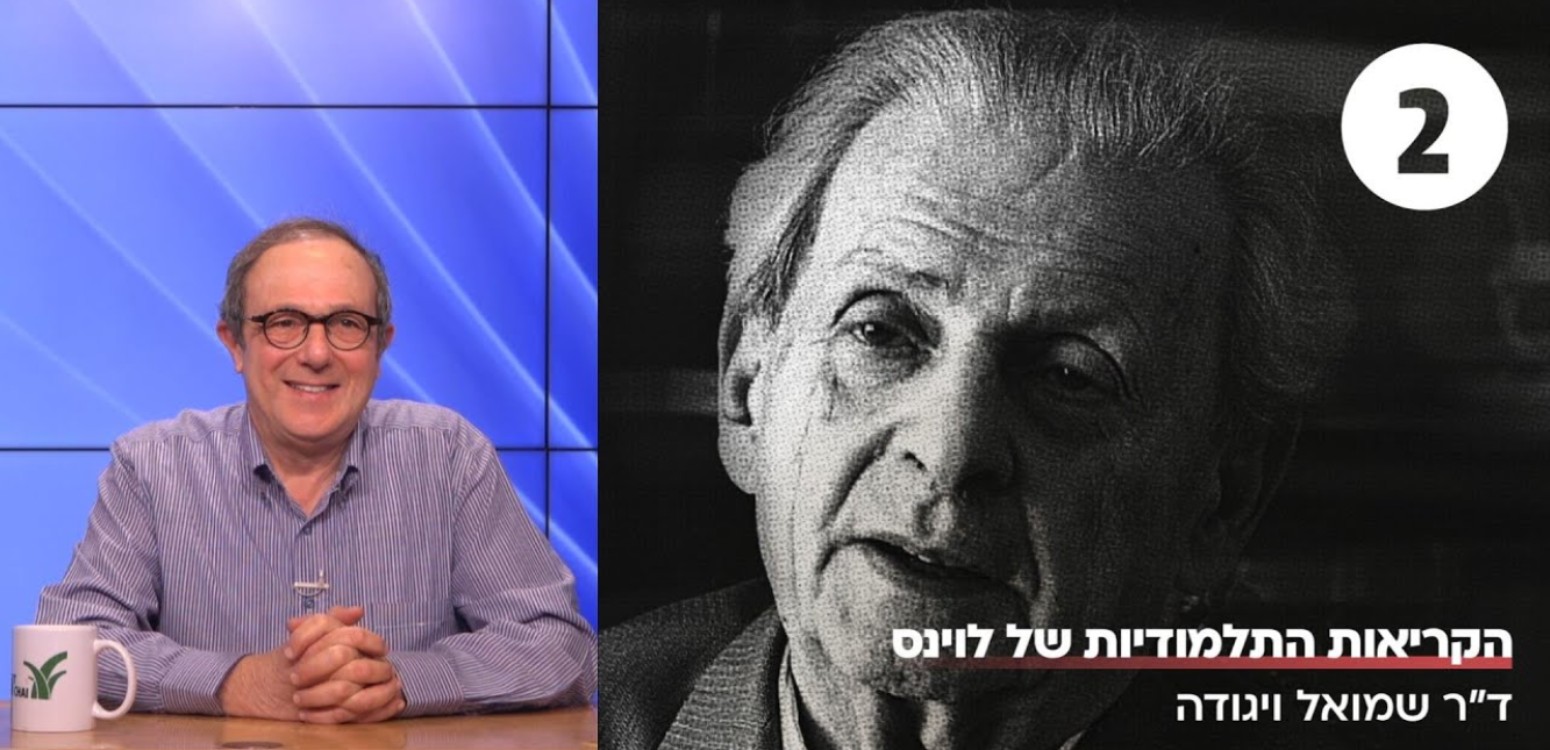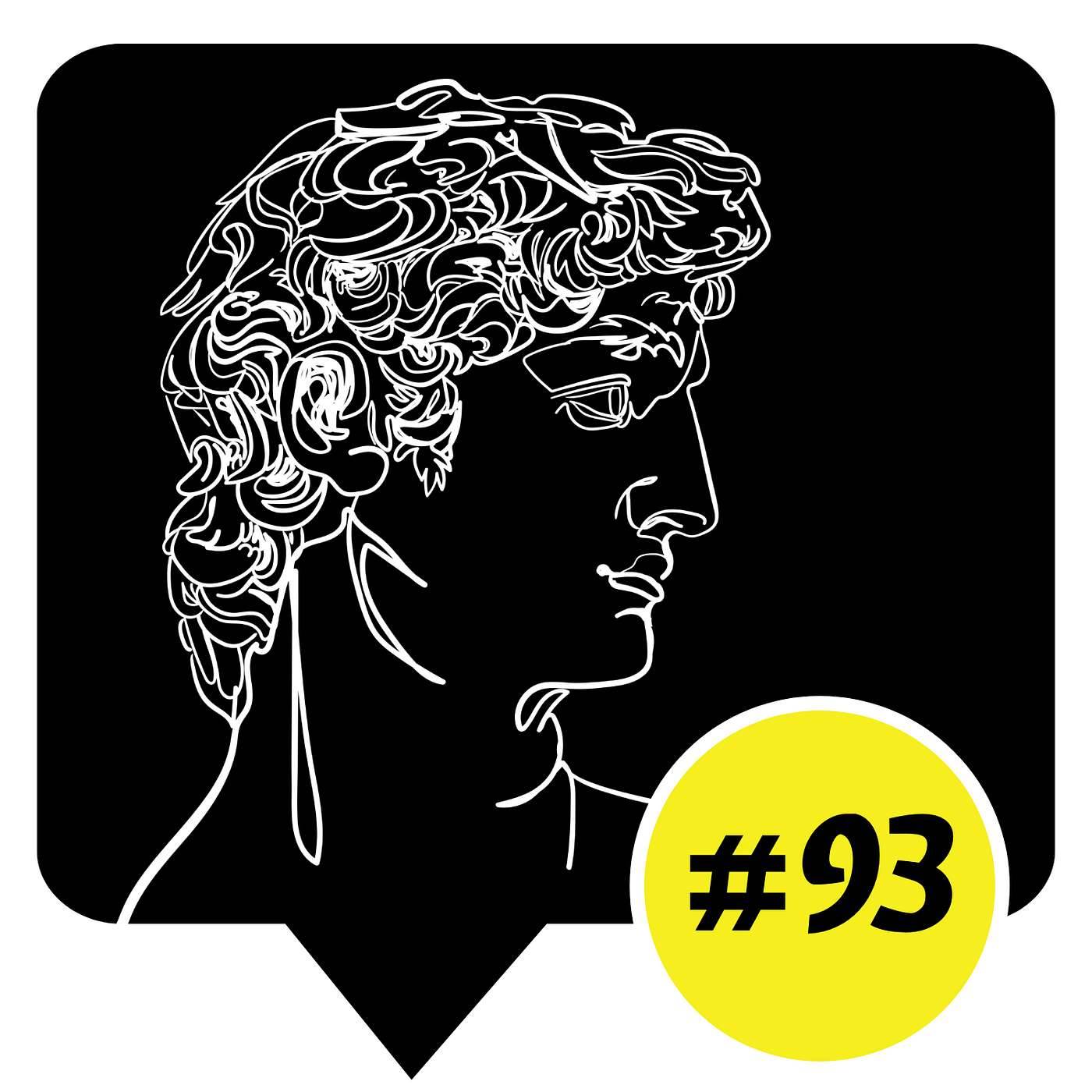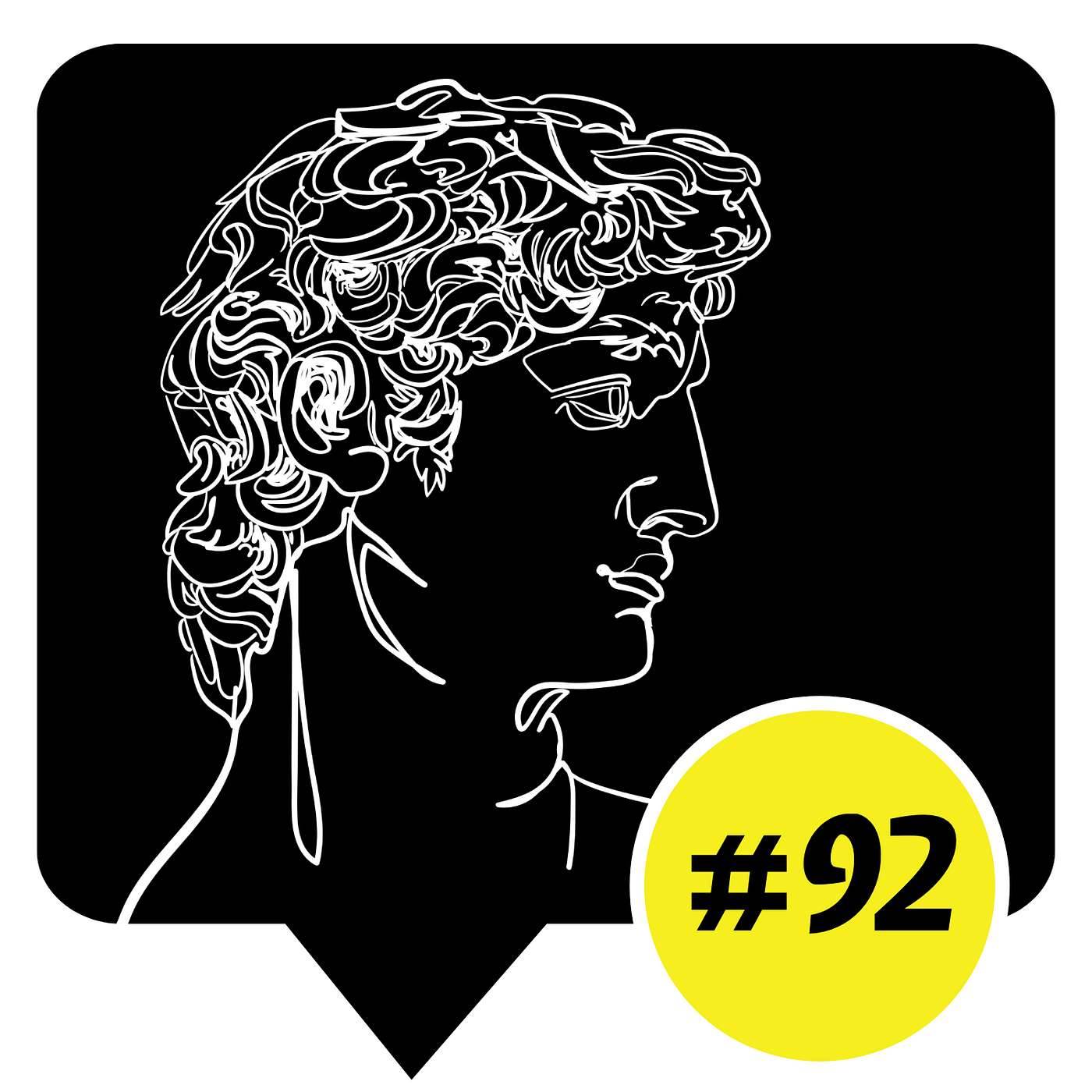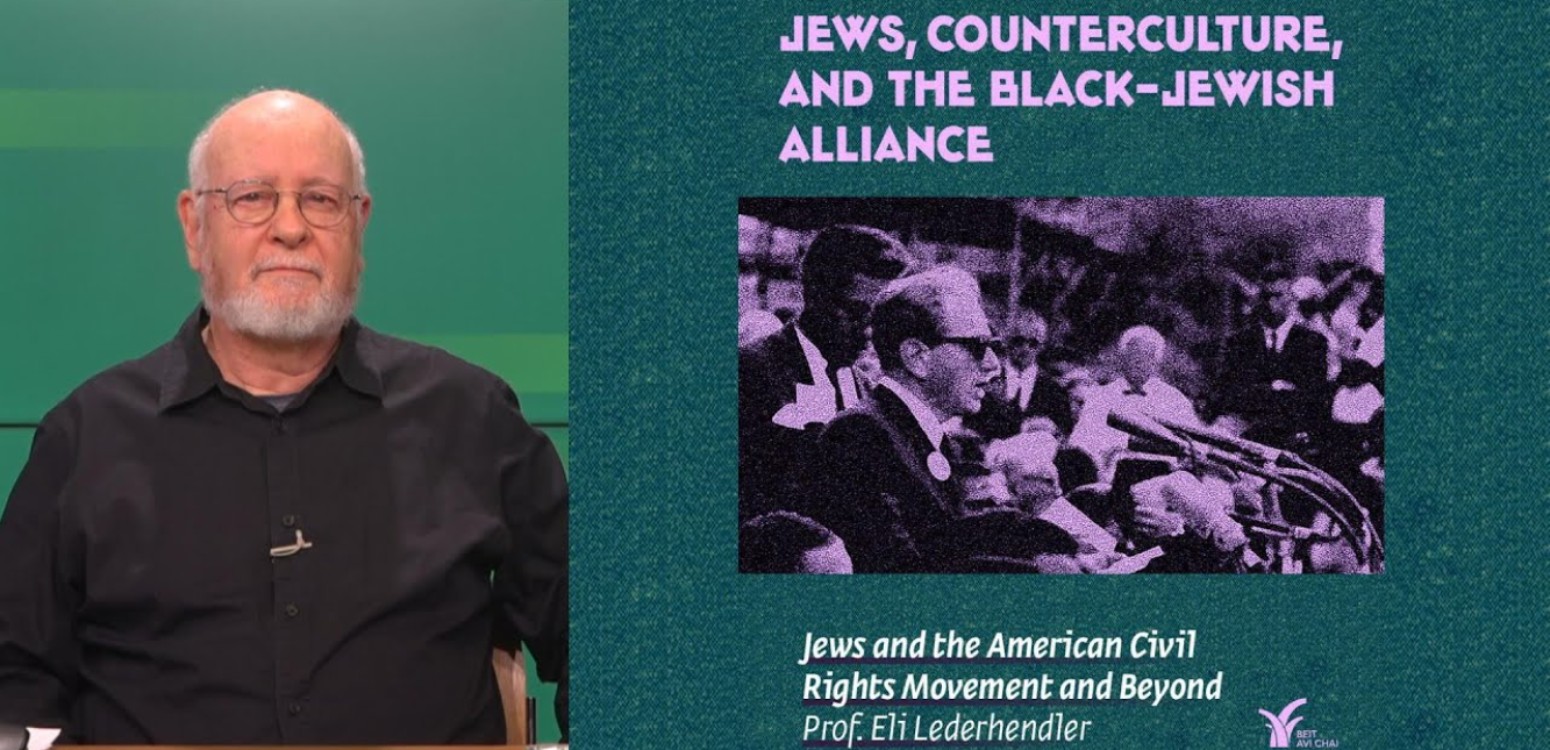
It has been said that he “insists on painting an extraordinary number of self-portraits”. He himself testifies: “I have come to grasp the self-portrait as a landscape painting”. Gitit Ginat met Leonid Balaklav in order to reveal the secret of his totality
The way to the artist Leonid Balaklav’s studio is lined with road marks: the singing of birds, overflowing municipal garbage cans, mountain air as clear as wine, and slopes housing ancient farming terraces, along with traces of last summer’s huge forest fire. The Gilo Mall, if it can be called that, is all but deserted. Breaking the silence is the fretful chirps of several green parrots that are stuffed inside an undersized cage in the pet store, not far from the neighboring shop’s piles of hardware and cleaning utensils. This disconcerting twitter weighs on the conscious. As an image in a piece of writing that to some degree explores the meaning of freedom and space, we cannot simply brush aside these sights. There are organizations one can turn to and file a complaint.
If the chorus of sounds in the vicinity is any indication, there is a synagogue and perhaps a kindergarten on Balaklav’s street. The studio itself is rather small. Tens of paintings hang from or lean on its walls, dozens more are piled up one atop the other in a tiny storage chamber off to the side. At the center of the room, like a bimah or church altar, stands a thin-legged easel dappled with paint marks. White rays of sunlight pour in through a widow and illuminate the easel. It would only be fitting if the source of light was a bay window affording a panoramic view of the mountain, the terraces, and the remains of the fire, but alas the window is small.
Descriptions of ateliers—their objects, blotches, and light—are analogous to an impressionist painting. Such descriptions are a common motif in pieces of this sort: the meeting with the artist in his or her studio. This is how the writer asks “Who is this individual that paints?” And with the help of the grand total of clues that the studio offers, we arrive at an answer. At times, though, as in the case of Balaklav, another secret is rustling beneath the surface.
Rembrandt? The Most Contemporary Artist there is
Balaklav gets up from his chair and goes off to bring something from the kitchen. He was born in the Moldavian city of Bălți (or Belts) in 1956. Following many ups and downs, he was accepted into a prestigious art school in Kiev at the age of 15. During the mid-1980s, he studied for a year at the Odessa Art School. The following decade Balaklav was appointed a “rank-and-file painter,” namely a salaried employee, at the Central Artists’ House in Kishinev. Upon returning to the room, the interviewee lays out a dark painting from those years on the floor. “It is called,” he says, “‘Two Sides of One Street.’ I painted it when I was 25. The street was who I was, me, during that period. I was imprisoned, unable to escape. The gates were shut. I felt like I was in the dark.”
|
2010, pastel on paper (photo: Maoz Vaystooch) |
In 1986, he created an animation film, “Window.” A year later, it took the gold medal at the Tokyo International Film Festival. In this cinematic work, the protagonist’s soul, or alter-ego, embarks on long journeys. “It is a short film, but I worked on it for an entire year,” Balaklav says. “It describes a person that stays in the same place, but his imagination, his heart, goes off to distant places.”
Balaklav himself would soon take off. In 1989, he sold a painting for two airline tickets and flew to Israel. After living in Miztpe Ramon (a small town in the Negev) for a few years, he moved to Jerusalem. During this period, he got divorced and lost his bearings. In parallel, the artist began to embrace an Orthodox lifestyle (lachzor be-tshuvah) and met his current wife Paulina.
Portraits of Paulina are dispersed throughout the studio. In these works, she is depicted in various poses, such as leaning on a table and holding one of their children. Another painting of her in the living room was rendered on a wooden board. Paulina is sitting on a sofa, the contours of which disintegrate and then evaporate. The wall behind the sofa is a murky, whitish jumble.
Something in this particular work calls to mind “Temptation of Christ” by the great Russian painter Ilya Repin, who had a profound influence on Balaklav’s art. In both paintings, the main subject is drawn with relative accuracy, whereas the surroundings melt into abstract blotches. Jesus is being tempted by the devil, who takes the form of a fuzzy dark grey splotch. In the case of Paulina, it is perhaps the material hug of the home that lassoes her in. Like Satan, the house deceives her, or Leonid, into believing that it is more than an illusion.
Standing beside this portrait, Balaklav and I attempt to find ways to talk. He sorts, places, and frames paintings, and collects wooden planks as well as pieces of information: Where was the interviewer born? Where does she live? How familiar is she with Jerusalem? As a painter, who were her teachers? The boards are slowly assembled into a general portrait.
At this point, the questions are directed at Balaklav. We search for an altar to grab onto. The art books on the dresser serve as milestones.
I see a book on Rembrandt.
“He is my mentor, is closest to me. He’s the most contemporary artist there is. When they tell me that this is not modern art, I refuse to believe them; and when they try and teach me what modern art is, I reject this as well. As a rule, art is not subject to time".
Pierre Bonnard.
“He taught me the difference between color and hue. These are two different things. I understood this best when I came to Israel. The first time I saw real blue was in Jerusalem. In Kiev, I also drew the sky, but it was not blue.”

Ms. Kurtz and Her Baby, 1999, charcoal on paper (photo: Maoz Vaystooch) |
Velazquez?
“This is the artist of the king. Therefore, he is remote and inaccessible. It is impossible to get near him. But when we do draw close, we unearth secrets. From a distance, the earing of the young princess [Infanta Margarita – G.G.] in the work ‘Las Meninas’ appears to sparkle. However, when I went to the museum and approached the painting, I discovered that the earing is painted with mud. Hot mud on cold mud. This is Velazquez. From afar, there is light; from up close, there is mud.”
Earlier you mentioned the color of the sky. What is the difference between the light in East Europe and in Israel?
Balaklav is convinced that the Israeli light is unique and Jewish. “The Land of Israel was given to the Jews by Hashem [God],” he says. “The Jew senses his special connection to the land.” Likewise, the interviewee believes that there is a unique, Jewish dimension in his works. “The Christian icons are corporeal,” he tries to explain. "The Jews turned the materiality [gashmiyus] into spirituality [ruchnius]. I turn the material into the spiritual.” Take, for example, the portraits of his wife. “In Christian paintings, the woman is corporeal. By the Jews, the woman is like the shekhina [divine presence]. She is a home.”
I point out, though, that his studio is brimming with Christian, Russian, and West European culture. Balaklav does not back down; and his attempts at persuasion are neither polite nor sophisticated. In fact, when the artist stubbornly pitches Israel’s holiness to the Jews, I feel like I’m zapping between Channel 20 (Israel’s Jewish affairs and culture station) and the shopping channel.
With the same degree of certainty, Balaklav now and again reverts to Russian and occasionally even to Yiddish. He doesn’t seem to care that, or at least hides his feelings when, I respond to these languages by shaking my head and shrugging my shoulders. Today there is no Yiddish. The language was removed by Zionism’s grand lobotomy on Israelis. To Balaklav, this historical fact slightly hurts. The artist and his family incessantly roamed between places, cultures, and languages; and now standing before him is a lobotomy patient that emerged from the un-Godly sea. Once again, Balaklav attempts, nearly begs, to say something in Yiddish.
At School I Cast Myself as a Boxer
Next to the painting of his wife, there is an oil painting about the size of a postcard featuring a nearly invisible woman. Balaklav says that this is one of his favorite works. It is a portrait of his mother Valentina, a small and fragile lady, seated on a couch in front of a window. The painting, which is highly reminiscent of the European and East European tradition of the late-nineteenth to early-twentieth century, was done in Beer Sheva – the Israeli city that Balaklav’s mother, father, and sister immigrated to in 1993.
Your mother looks as though she is in a black cloud.
“She was extremely tired when I drew this picture. She is a cultured woman who loves to read and loves art.” After pausing to collect his thoughts, Balaklav intimates that “It could be that she should have lived in another place. Perhaps close to Tel Aviv. But they came to Beer Sheva and stayed there.”
Balaklav then tells me about her father Fima. A partisan (guerilla fighter) during the Second World War, he was captured by the Nazis, along with the other members of his unit. They were lined up against a wall, and his comrades were shot in the head. However, Fima feigned death by throwing himself to the ground. By morning, his hair had turned completely gray.
His mother and father are the subjects of an early Balaklav painting, which is leaning against the studio wall. “Dad looks big here, and mom – teensy,” he says. “He was a down-home man and very practical. When I was a kid, he saw to it that I learn how to box. This helped when I started art school as a teenager in Kiev. There were some large and hard-drinking kids there. I knew that I had to give off the impression of someone who is not to be messed around with. In boxing, I learnt that it’s not important how strong you are; it’s important to grasp technique.”
 (The Artist’s Son Yossi, 2009, oil on canvass (photo: Maoz Vaystooch |
On the other side of the wall is a storage chamber with stacks of paintings, which can be roughly divided into two categories. The first group captures the daily life of the artist’s family. For instance, there are scenes of the Balaklavs eating or watching a scary movie on TV. These works tend to be colorful and have prominent, coarse white dots.
The home is the studio.
“Yes,” Balaklav replies. He then takes out two paintings of his son David lying under a thin blanket, which is entangled between his legs. “He fell asleep, and I took out the canvass and paints, and drew him, in a jiffy.”
In another work, a toddler is hugging an elderly woman. According to Balaklav, his daughter “did not want to go to school that day or get dressed. Her grandmother came, and the girl asked her for a big hug. Witnessing this scene, I asked them to hold that pose. They stood nestled together until I drew their contours. Later on, I painted the bed, the drapes.
“I look at the members of the household and feel compelled to take out the canvass and paint,” Balaklav says. Despite their utterly mundane activities, these figures possess an eternal quality. On second thought, one sees what the artist means when he claims to inject ruchniyus into the gashmiyus.
The second group of paintings consists of portraits and self-portraits from over the years. In the estimation of Gideon Ofrat, the author of the catalog of Balaklav’s exhibit at Ein Harod, “The main headline” of the artist’s oeuvre is the self-portraits that he painted throughout the 1990s. In these works, there is “a very long line of self-defects, confirmations of presence over the course of its defeat. Like a signature that concurrently says ‘here I am’ and ‘I’m not here.’”
 Muse from the Kurtz Family, 2000, charcoal on paper (photo: Maoz (Vaystooch |
“Over his lifetime,” wrote Dr. Doron Lurie, in the catalog of Balaklav’s 2014 exhibit at the Tel Aviv Museum, “Rembrandt produced around 450 oil paintings. If we divide 450 paintings over the course of 44 years of work, we will get a little over ten paintings a year. About a tenth of his [i.e., the Dutch master’s] paintings were self-portraits. With respect to Balaklav, it appears that approximately one half of his paintings are self-portraits. Why does Balaklav insist on drawing such an extraordinarily large number of self-portraits?”
What do you feel when you stand by the mirror and draw yourself?
“Complete silence. Like praying.”
What is prayer?
“While praying, a person is all spirit.”
In a couple of the portraits, you are standing or sitting behind the canvas, which “cuts off” half of your body. Some portraits are dark and others are bright.
“Correct. They were made during the period I got divorced and lived alone. I was not searching for a new artistic language. I simply felt ill. In the end, it turned out that I was ill. I painted as though I was missing a part of myself. Over time, I have come to grasp the self-portrait as a landscape painting. Like the scenery, the portrait also changes on account of the changing condition of the light and shade; it changes because the expanse that the “I”—the object in the landscape—takes up within the landscape undergoes change.”
I am a Reincarnation of El Greco
A couple of the self-portraits that Balaklav produced in the 1990s are rather dark. Moreover, his head is elongated and painted pale yellow and greenish. It seems as though the artist was working with the lights off. In any event, he resembles El Greco’s fiery prophets who yearn for the heavens, but are stuck down below.
Do you like El Greco?
“I am a reincarnation of El Greco,” Balaklav says without so much as an iota of conceit. “When I visited the Jewish quarter in Toledo, I was caught in a rainstorm. I tried to take cover near a large building. When I leaned on the wall, I felt a powerful, sensation that is beyond words. It was as though I had been here once, that I am familiar with it, had lived there. I panicked and took flight. The next day, I returned to the building. It was the El Greco Museum. According to one theory, he lived there for several decades.”
At this very moment, it dawned on me that Balaklav’s “reincarnation” process goes well beyond the incident in Toledo. It turns out that he has been transmigrating his entire life, and in a dramatic fashion. His incarnations and those of his peripatetic family also constitute the answer to Lurie’s question: “Why does Balaklav insist on drawing such an extraordinarily large number of self-portraits?” He invariably returns to his face because it is the only thing that has accompanied him wherever he has gone. Put differently, his countenance is a reference point within an expanse that is in constant flux.
“Through prayer, I realized that I am merely a part of the landscape, that one day I won’t be here,” he said earlier. His fixation with the self-portrait genre has indeed steadily abated since the 1990s. From time to time, though, he feels the urge to paint himself, to go back to the point of reference. “Hashem is a living entity,” Balaklav explains. “Life is Hashem. Therefore, a person needs his entire life to learn what faith is.”
After a lull in our conversation, Balaklav says that when he doesn’t want to speak with people, he paints on boards. “My father, Fishel, was a carpenter.” When Fishel was 12, the Gestapo surrounded his village. However, he managed to escape and pass himself off as a non-Jew. When Moldova was liberated, his father was afraid that the Russians would accuse him of collaborating with the Germans, so he bolted to the Ukraine, where he learnt to be a carpenter.
|
(pastel on paper (photo: Maoz Vaystooch |
The wooden boards of Leonid, son of Fishel the carpenter, are closely stacked on a wall adjacent to the studio’s kitchen. As I make my way towards these planks of varying length and width, something marvelous transpires. On these boards, which Balaklav found on the street, hover portraits of figures that are both human and otherwise. Yes, he has managed to conjure up floating portraits. Many of them depict a woman that appears in his dreams. “She has a bit of my mother, a bit of my sister, and a bit of my wife.”
In this fashion, past and future are intertwined. This is a pivotal moment – a moment in which a painting is spawned. No words. No culture. No tug-of-war between Judaism and Christianity. No immigration. No blah, blah, blah. When a painting materializes, the studio, the neighborhood, the mall, the parrots, the Land of Israel, and the Soviet Union all disappear. For this reason, Leonid Balaklav is an artist.
(Translated by Avi Aronsky)
עוד בבית אבי חי


